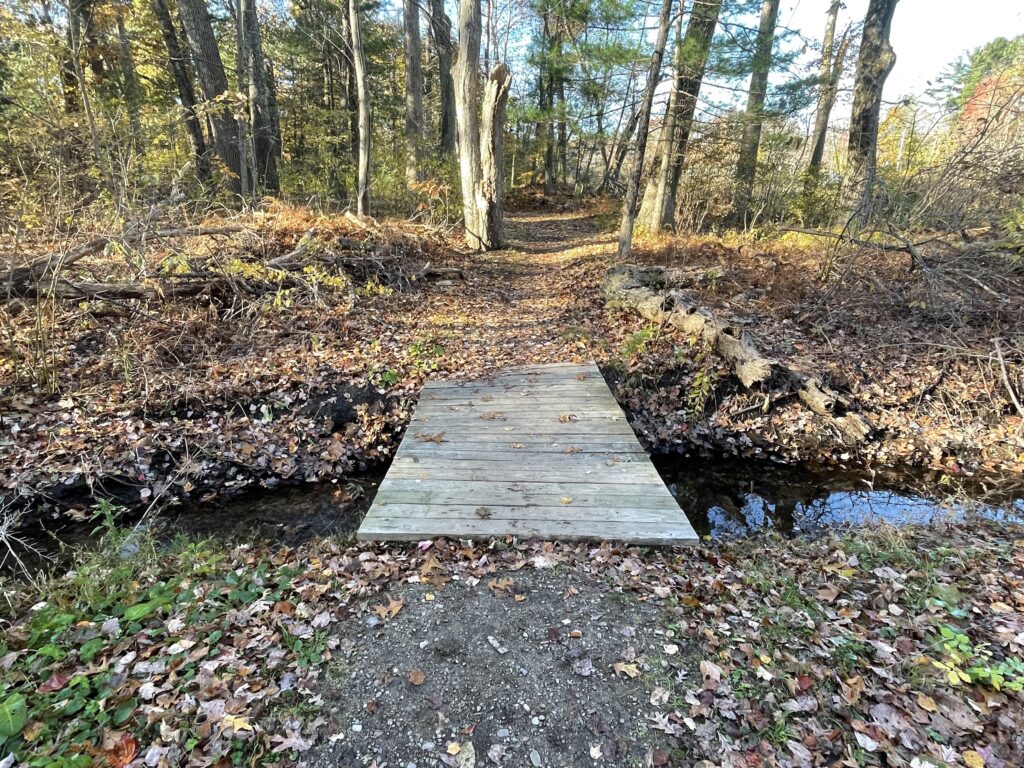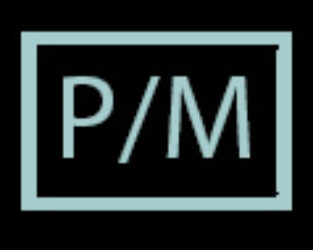
The process of creating music is often not an easy one. The relationship between musician, gear, and the creative process, can sometimes seem complicated, even elusive. In the end, it’s all about creating art through inspiration. But what fuels this inspiration? And why is it so difficult to re-tap the magic time and time again?
A Fluid and Changing Beast
If you think I’m referring to “inspiration” as the “Fluid and Changing Beast,” you might want to first consider where inspiration lands. Yes, I’m talking about “you!” We are complex beings filled with complex emotions. What reaches and moves us changes all the time, and how responsive we are to outside stimuli changes as well. This is partly why trying to recreate past moments of inspiration fail. The same things that inspired us yesterday, may not today. It’s hard to wrap our heads around such an esoteric concept in the first place – so asking lightning to strike again can seem like an impossible wish. I’m reminded of lyrics I wrote months before revisiting them again. Initially, they were coming fast and furious – clearly the result of inspiration and some connection I was feeling at the time. As I tried to continue my thoughts later, it was clear to me I was not on the “same channel” as before, and the flow and meaning of the original moment was lost. But an interesting thing happened – I became inspired by my current surroundings as they related to the original words. At that point, they took on a new meaning and the creative process flowed once more. As a result, the art changed into something I would have never been able to capture the first time around. Just like a stream, the inspiration flowed organically, shifting from one day to the next, but reaching a destination nevertheless.
Setting the Stage
Although it can be difficult to re-create those moments of inspiration, we can sometimes put ourselves in the position where it’s more likely to happen, either in a similar way, or an entirely new way. Some artists I know can nudge their inspiration from nature, conversation, sitting with an instrument, etc. For me, I always seem to find inspiration walking through city streets. The creative process can also be spawned by events in our lives, either happy or not-so-happy. And, of course, many have attempted to find inspiration in a bottle or other mind-bending substances. But if the purpose of this exercise is to find repeatable and reliable processes that usher in inspiration, I would advise against that last option. In my experience, the most powerful inspiration has come during moments of extreme sobriety and emotional connection. Wherever we expect to find inspiration, it’s always good to sometimes shake things up a bit. Don’t be afraid to seek out new places or new things that inspire you. My forthcoming album “Northern” was inspired by recent visits to Brattleboro, VT, and my single “Landslide Suite” was inspired by the Black Lives Matter protests. Routine can be and inspiration killer, mostly because it elicits rote behaviors that detach us from the moment. So, find that stage and invite inspiration.
Turning Inspiration into Creativity by Letting Go
I’ve been discussing this topic for the longest time – the most powerful obstacle to transforming inspiration into creativity is ourselves. Habit, process, experience, even education can either stop the creative process, or hijack it into predictable or derivative outcomes. Composers and lyricists, how many times have you written the same song? A purely creative process allows our inspiration to flow uninhibited (as best it can) towards something new and exciting. The best creations reveal something to our audiences, and also to ourselves. Too often we resort to patterns, sometimes even caused by our mechanical understanding of music theory and writing. Although useful tools on some level, they can also consistently hinder our art and obscure inspiration. But letting go of those constructs is not easy – sometimes we need to employ rules that break the rules – to intentionally break patterns or challenge the way we work through the creation of art. Lateral Thinking is one process – creating an environment where seemingly unrelated or unlikely steps replace the normal logic and trajectory of our creativity. Brian Eno devised a similar process called “Oblique Strategies,” a collection of cards containing rather obscure and random approaches to be applied. This leads me to the concept of improvisation, as an artistic approach as well as a motivational process. It’s both the process of letting go of the creative constructs that inhibit us, as well as forcing responses through other stimuli and events. Sometimes this is accomplished in a linear fashion, and other times non-linearly. If that sounds like one giant mind-game to you . . . you’re getting it. The things we do for art.
Capturing the Beast
If I had a dime every time I lost an inspired creative moment, I’d be too busy managing my dime collection to write this article. It takes precious little time to write down ideas, record musical thoughts, or simply give in to the inspiration and go into full artist mode – right there on the spot. We’ve all heard about the great songs that were written at the most unlikely times. Truth be told, sometimes inspiration is that random and sporadic. So be ready with any means to capture whatever comes your way, even if it’s a small fragment. There have been many instances where one of my completed songs or writings were made up of several smaller components. Remember, being an artist can be equal parts creator and curator.
Beyond the Art
As musicians, inspiration and the creation of art are important to us. But inspiration touches many parts of our lives beyond art. And, by the way, who says life itself isn’t art? The moment we’re able to turn a trip to the grocery store into an art-filled experience, we’ve improved the quality and meaning of life. So, seek out inspiration, BE inspired, and create. That is our gift to others, and to ourselves.
MP
